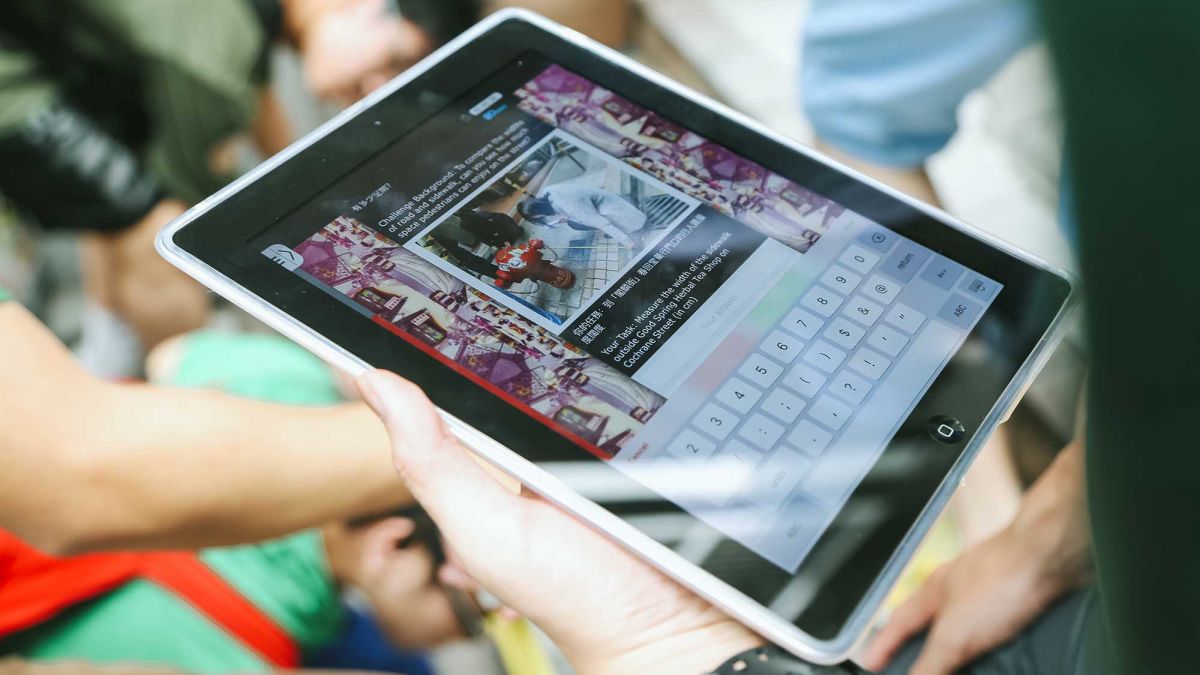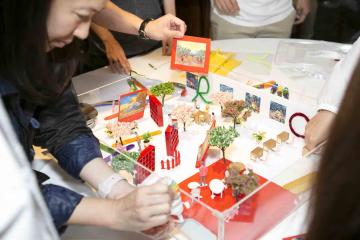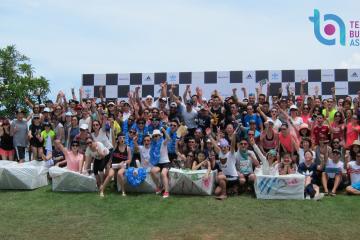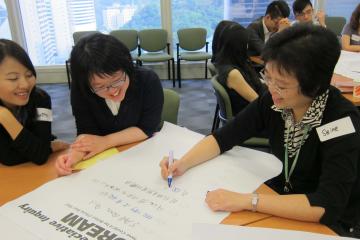According to the Gamification wiki “Gamification is the concept of applying game mechanics and game design techniques to engage and motivate people to achieve their goals.[1]Gamification taps into the basic desires and needs of the users impulses which revolve around the idea of status and achievement.”
Gamification is most frequently used in teaching as it uses the most current research in Behaviourism and learning sciences. However it has also been used in the corporate sphere to break up somewhat monotonous jobs (like that of a cashier) and is creeping even further into high-level careers to make them more engaging. Gamification is used to great effect in a lot of modern conferences to assist information retention, audience engagement and all round atmosphere.
Gamification, isn't that a fad?
Naturally there is a lot of skepticism surrounding gamification and it’s ability to create long-term change. A few years ago Foursquare was all the rage because of it’s features that encouraged people to rank, review and check-in at restaurants by offering them ‘gamified’ rewards like badges and merit points. But overtime the desire to be rewarded for these activities lost its ‘newness’. The same way doing the same activity and receiving the same reward starts to wear thin after a few repeated uses (e.g. getting a pay check for doing your job), so did the excitement of Foursquare.
When gamification is succesful
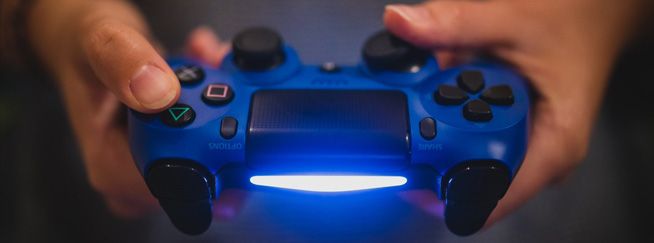
The question of the role of gamification in long-term business strategies is still a tricky one. According to the Aberdeen Group “organizations who deploy gamification improve engagement by 48% and turnover by 36%. These are impressive figures, however Gartner has stated that they believe 80% of gamification applications will fail if not designed correctly.”
Some gamification strategies, like Target’s cashier game, others have been no short of disastrous. Target’s ingenious ‘game’ encourages cashiers to get ‘in-time’ when they swipe customer’s products by hitting the green light at the right time. If they miss the light goes red, a very simple, very effective game that makes the job of a cashier that bit more interesting and increased the overall speed of sales.
When gamification damages your company
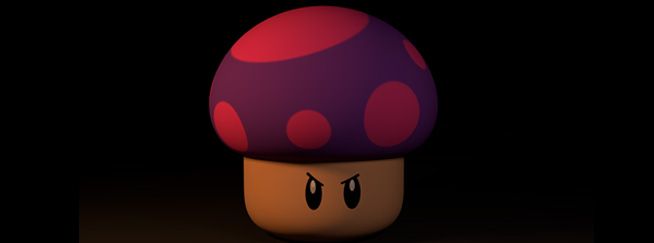
However some are less effective as Omnicare discovered. They had the idea to reduce wait times at their helpdesk by introducing a gamification-style leaderboard comparing employees and offering cash rewards for the fastest worker on the floor. Instead of inspiring staff to work faster and smarter, wait times increased, people quit their jobs and general dissatisfaction spread over the company. Instead of thinking it a fun little game, employees felt they were being watched constantly and could never work fast enough.
Gamification: addressing the engagement problem
The trouble with Omnicare’s gamification innovation was that it was not holistic enough to address what the job of a helpdesk employee entailed. Getting through the waiting queue was a part of their job, which was affected by a range of other factors that the gamification innovation did not address. It put more pressure of the problem that needed to be addressed holistically. It is worth noting that Omnicare changed their rewards system and took a more holistic approach to the helpdesk problem and have since reduced wait times and received high engagement scores from workers.
So does gamification have a place at your conference?

The answer is yes… BUT. There is no one size fits all approach to gamification and more than anything you have to consider your audience, your subject and what you aim to achieve. Speakers who must teach their audience how to use a product – B2B have particularly good results when they combine it with a gamified environment.
Team building asia at the hr summit and expo
At this year’s upcoming HR summit & expo Hong Kong, we (Team Building Asia) are exhibiting and our company director David Simpson is speaking about Mastering Change in Talent Management. As a part of his conference he will be incorporating elements of 2015’s runaway team building hit ‘Go Team’, a tablet-based treasure hunt to spark customer engagement. Having lots of conference experience and a large range of activities to choose between for optimal engagement, David is in a good position to achieve a high level of audience engagement and maybe even a dash of fun into what could be a content-heavy presentation.
Gamification and team building
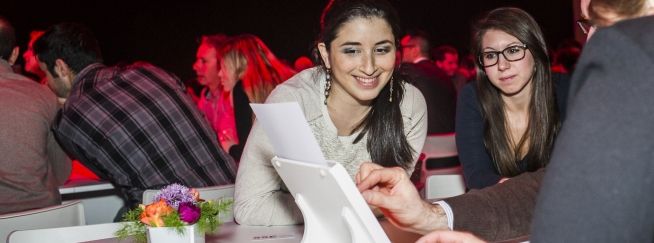
Gamification elements have been apart of team building activities for decades, it is only in the past few years that those elements have become digitized. Our team building activities Go Team is a great example of gamification. Both activities utilize tablets, offer small rewards along the way to the ultimate goal of winning the game and encourage learning, testing and interaction through the game design. With careful planning and a fair amount of trial and error these elements can be incredibly successful in increasing overall engagement, particularly for short time-periods.
